Every shelf in your home tells a story that goes beyond functionality. The books, ceramics, artwork, keepsakes, and...
- There are no more items in your cart
- Shipping
- Total £0.00
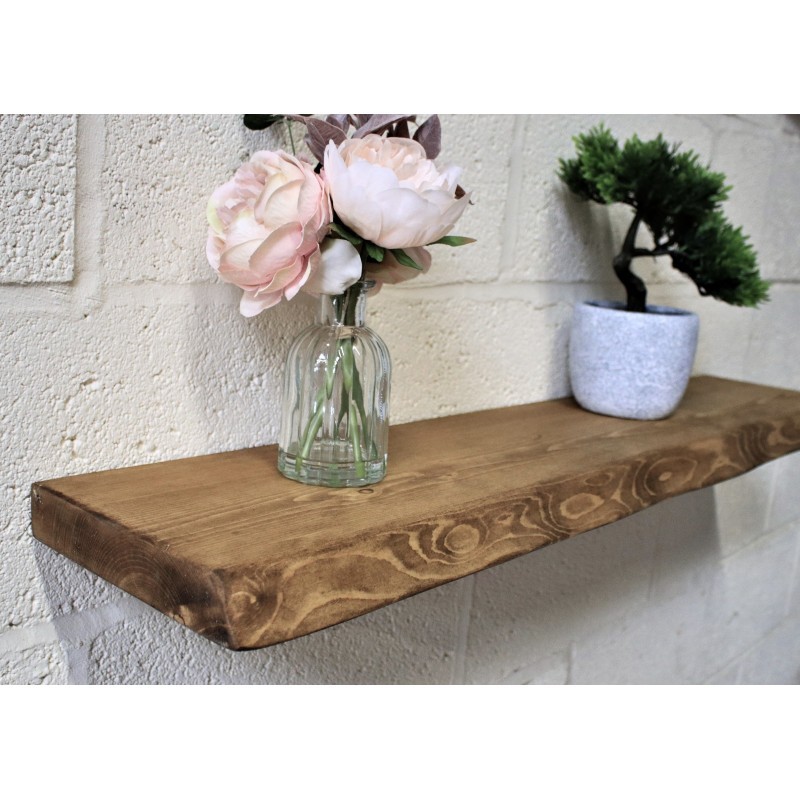
The ideal height for hanging a shelf
List of Contents
- Why shelf height matters
- Living room tips
- Kitchen shelf placement
- Bathroom ideas
- Bedroom placement
- Extra tips and common mistakes
Why shelf height matters
Finding the perfect height for a shelf is one of those details that can quietly make or break the way a space works. A shelf that's too low can block furniture or feel awkward, while a shelf that's too high might be hard to reach or visually disconnected from the room.
The goal is always the same: comfort, balance, and good use of space. But getting there depends on a few things - what room you're in, how the wall is used, and what you'll put on the shelf. A well-placed shelf makes storage easy, keeps your space open, and adds character.
Living room tips
The living room is often where people want to show off their favourite pieces. Shelves here tend to carry things like framed prints, candles, small plants, or books - objects you want to see often. If you're placing a shelf above a sofa, make sure there's at least 25 to 30 cm of space from the top of the sofa to the bottom of the shelf. This keeps it feeling open, not cramped.For general placement, start at about 140 to 170 cm from the floor. This is roughly eye level for most adults, which helps keep the design feeling grounded. If you're installing more than one shelf, leave 30 to 40 cm between each one. This way, the display won’t feel too busy or packed.
Kitchen shelf placement
Kitchens need to be practical, but that doesn’t mean they can’t look beautiful. Open shelves are perfect for this balance. You can display your favourite mugs, cookbooks, or jars while keeping everything within reach. Above a kitchen countertop, leave 45 to 60 cm between the counter and the shelf. That gives you enough room for appliances and working space while still making use of the wall. If you already have upper cabinets, align the shelf height with the base of the cabinets to create a neat, continuous line across the wall. Think about what you’re storing - keep everyday items on the lower shelf and use higher ones for decor or things you don’t need as often.
Bathroom ideas
Bathrooms may be small, but smart shelving can help you use every bit of space. Whether it’s a shelf over the toilet, beside the mirror, or above the bath, height matters. Above the toilet, aim for around 60 to 80 cm from the tank to the bottom of the shelf. This gives you room to reach things like spare towels or toiletries while keeping them safely out of the way. Above the sink or vanity, leave at least 30 to 45 cm of space from the counter, especially if you have a mirror or wall light to consider. Since bathroom walls often have tiles or moisture-resistant surfaces, make sure to use proper fixings and check the weight the shelf can hold.
Bedroom placement
Bedrooms offer more flexibility, whether you’re going for cosy or minimalist. Shelves here often act as extra storage or decorative features. If you're installing a shelf above the bed, leave at least 25 to 35 cm from the headboard for safety and comfort. You don’t want to feel like something’s hanging directly over you.
Floating bedside shelves can replace traditional nightstands. These should be around 60 to 70 cm from the floor - similar to a regular side table - and big enough to hold a lamp, a book, or a glass of water. If you’re adding a decorative shelf to a blank bedroom wall, go for 120 to 150 cm from the floor. Think about how it will line up with other elements in the room, like dressers or mirrors.
Hallway and utility areas
These spaces are often overlooked but benefit a lot from good shelving. In a hallway, slim shelves placed at around 150 cm are great for displaying artwork, small frames, or a few decorative objects. In utility rooms or laundry areas, shelves should be practical first. Above machines or worktops, leave 40 to 50 cm of space. These shelves are ideal for detergents, cleaning supplies, or storage baskets. Keep in mind that these are high-traffic zones, so sturdy brackets and secure fixings are a must. Consider deeper shelves if you need more storage or shallower ones if you want to keep things feeling light.
Extra tips and common mistakes
When choosing your shelf height, don’t guess - use painter’s tape to mark the space first and step back to see how it feels. Look at the shelf from different angles to make sure it fits visually and functionally. Always use a spirit level to make sure your shelf is even. Even a few millimetres off can be noticeable and take away from the clean look you're aiming for. Don’t install shelves too high unless they’re just for display. And avoid placing too many shelves too close together, especially in small rooms. Allow some space to let each shelf “breathe” and give your wall a more intentional, finished look.
At Chill House, our handcrafted bracketed and floating shelves are designed to fit beautifully in every part of your home. Whether you need a custom size, unique finish, or advice on placement, we’re here to help you find the perfect fit.


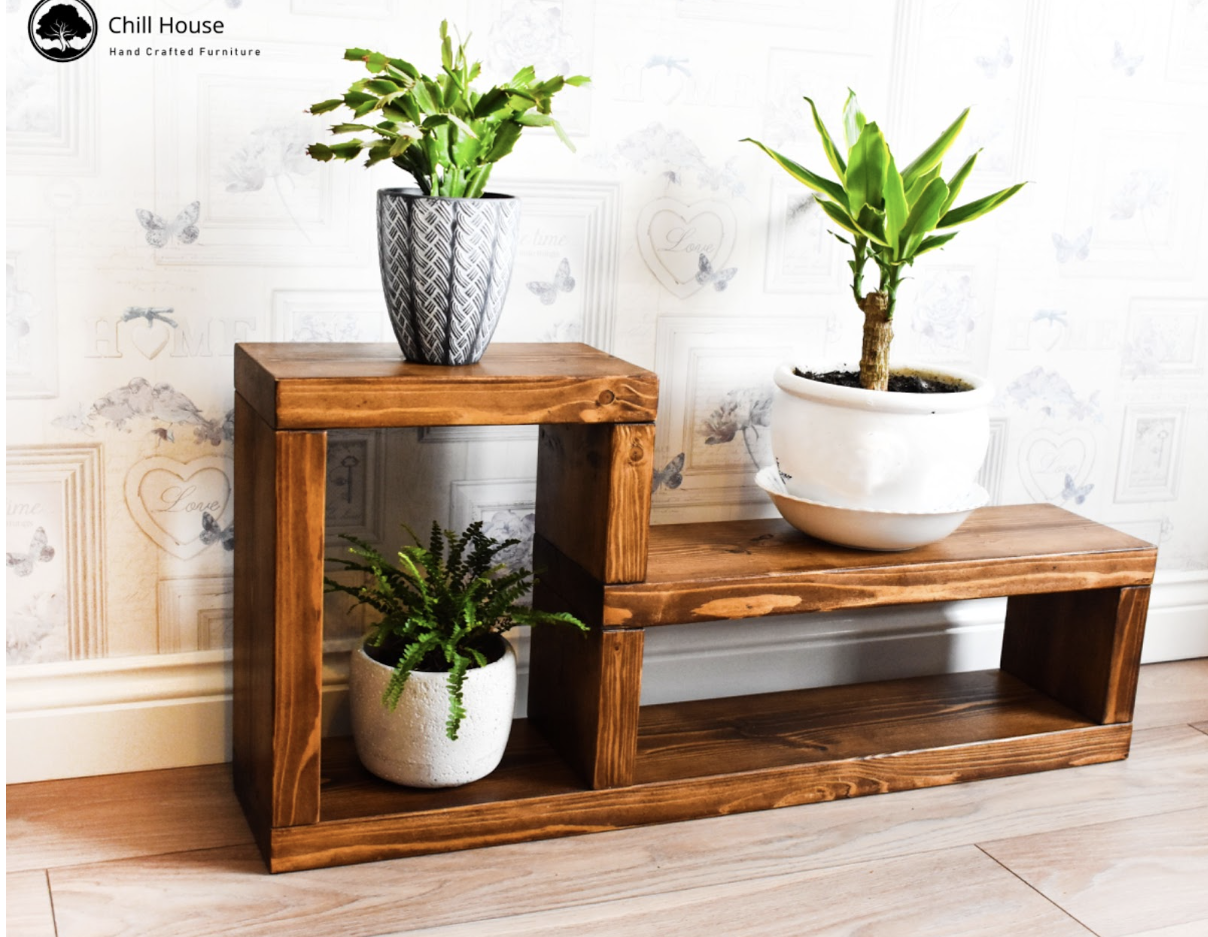



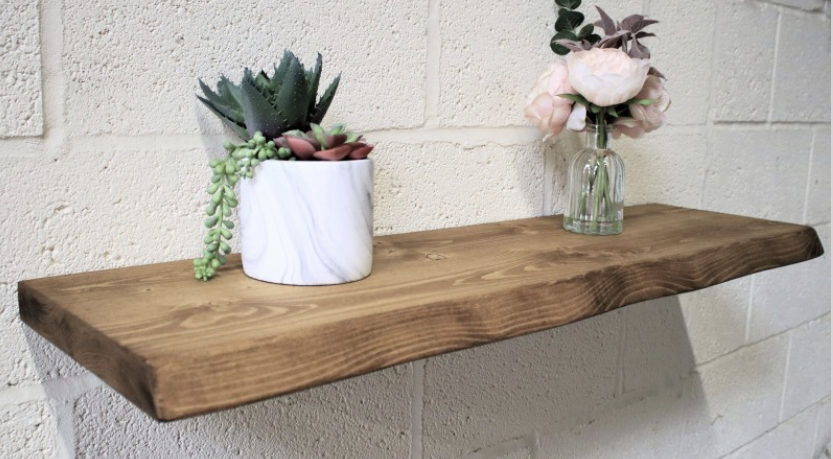
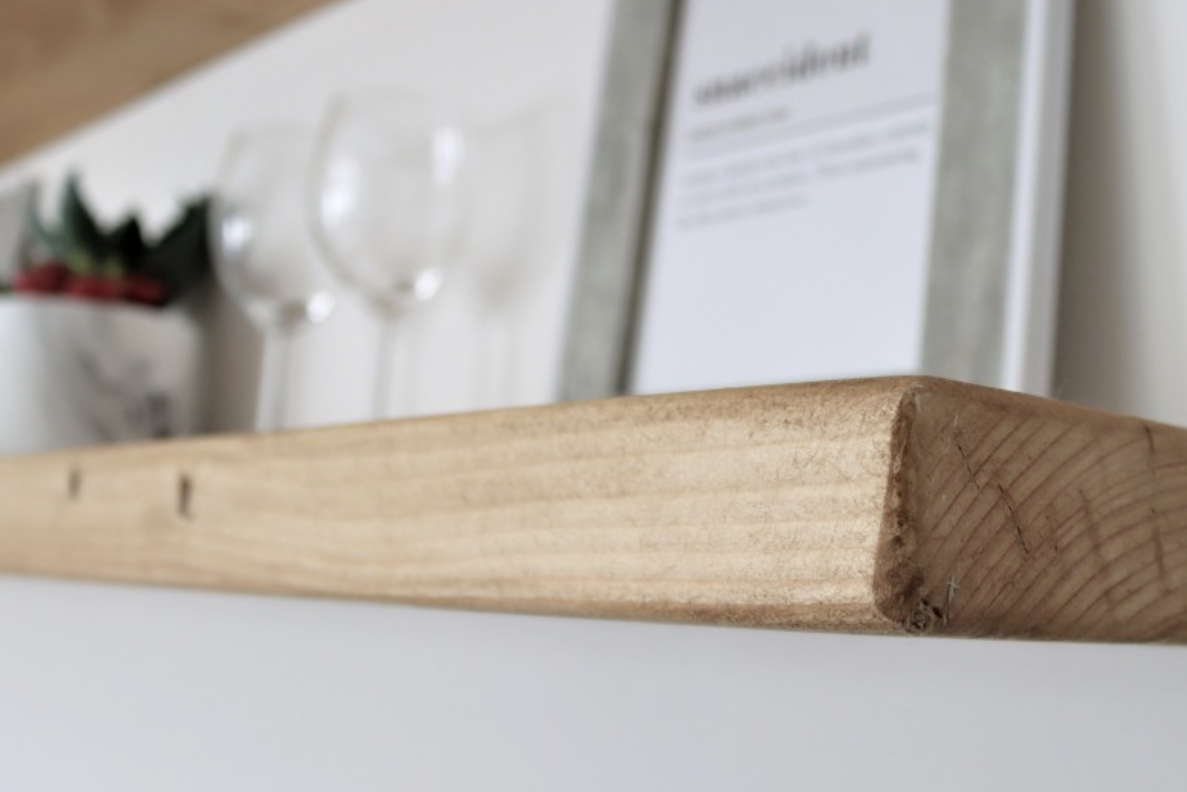
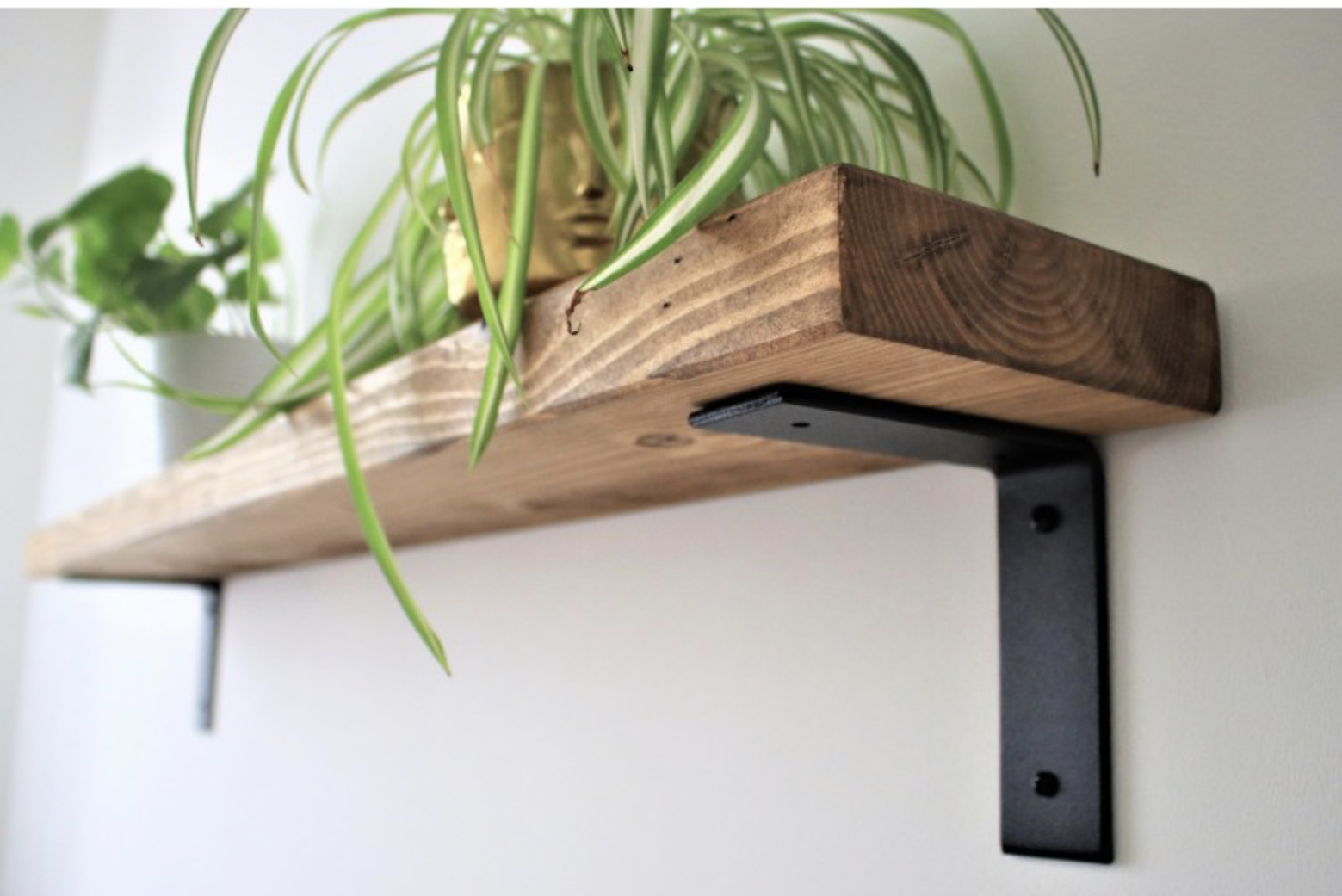
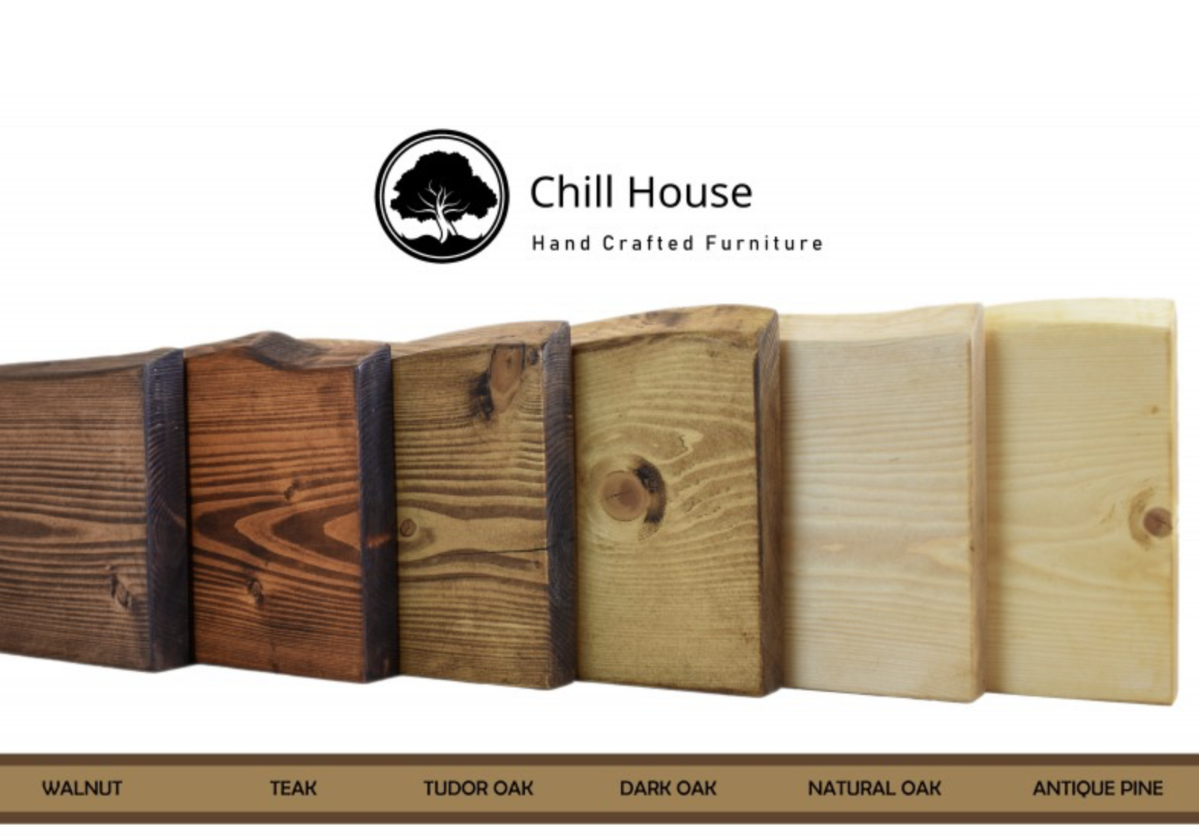
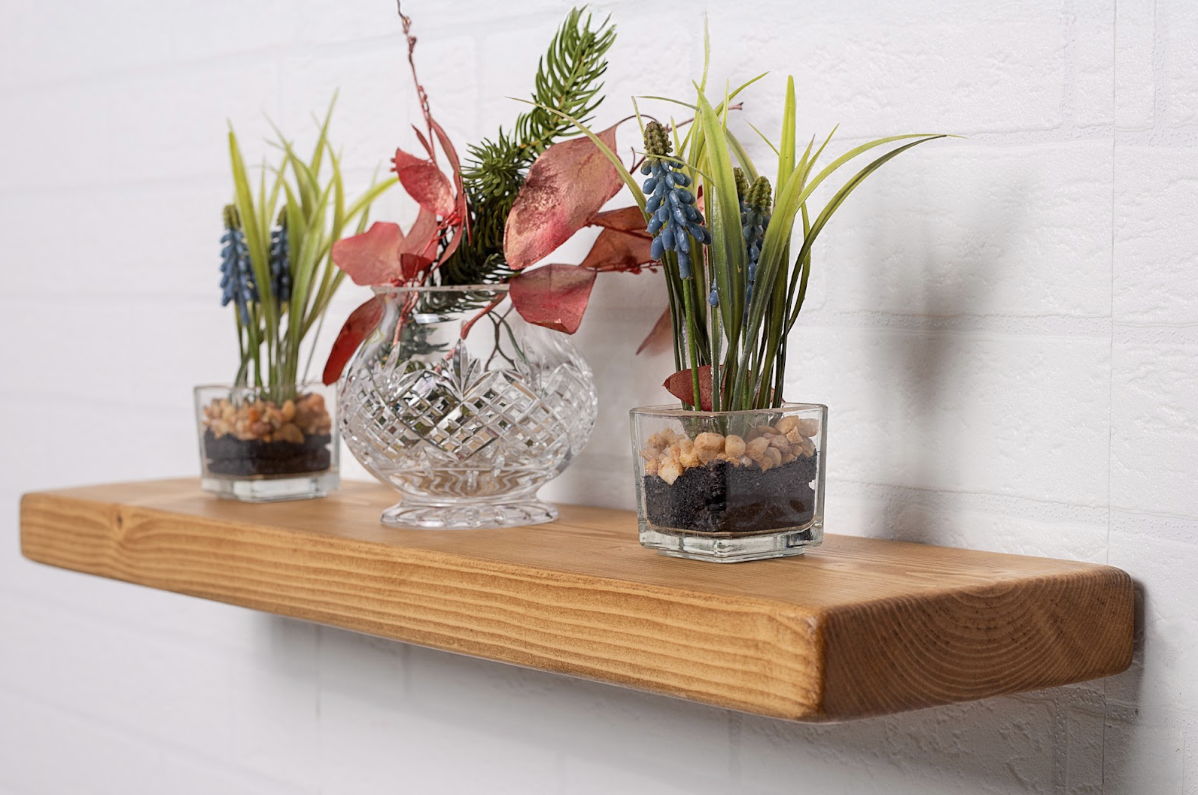





Leave a comment